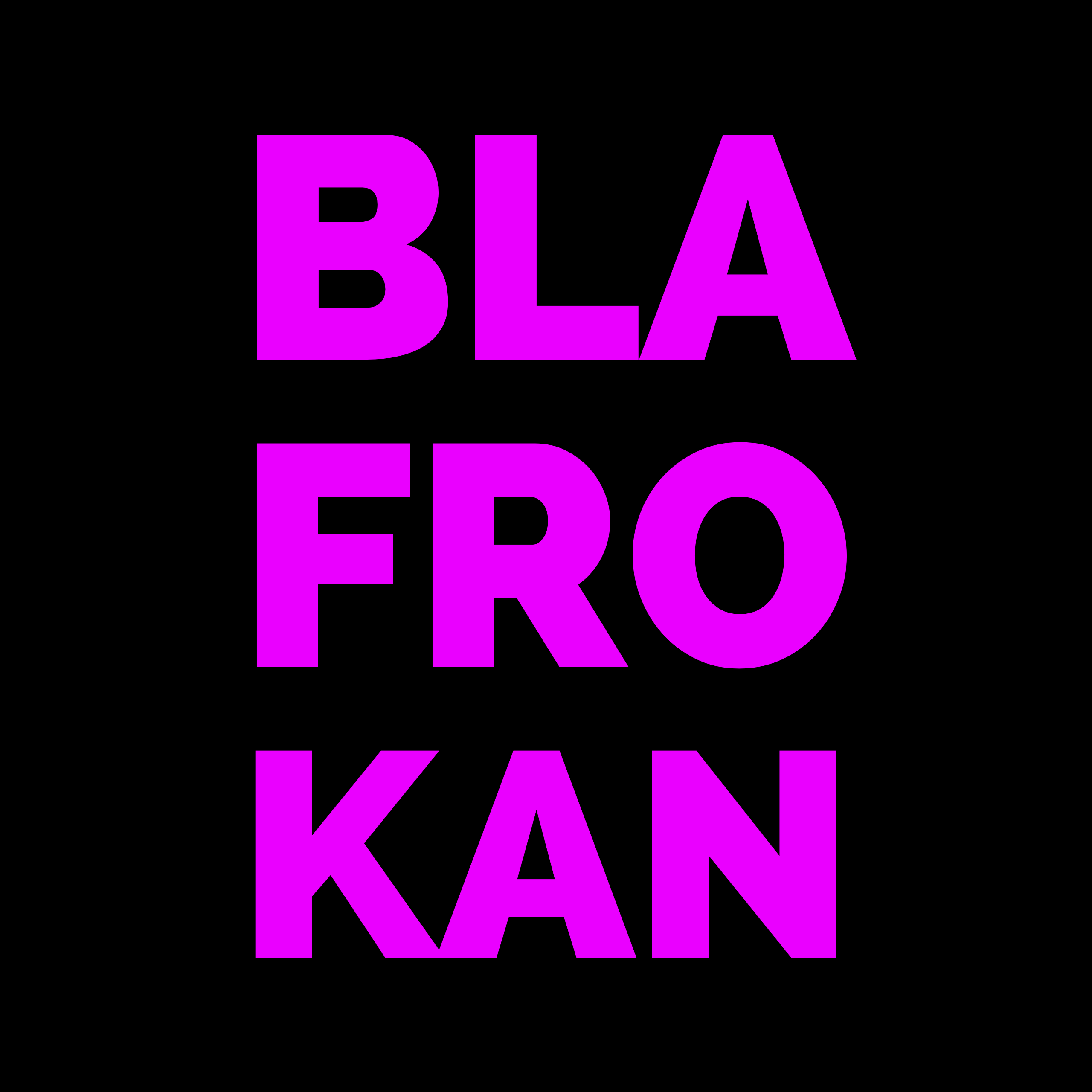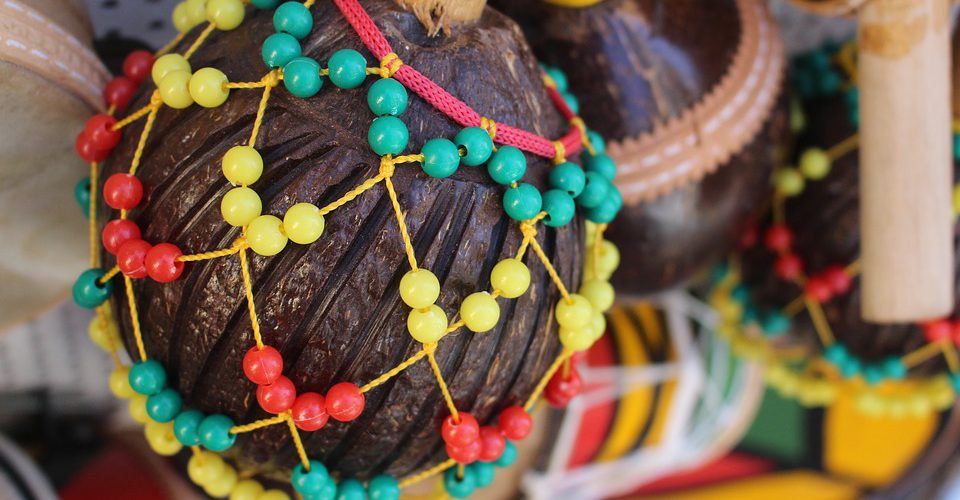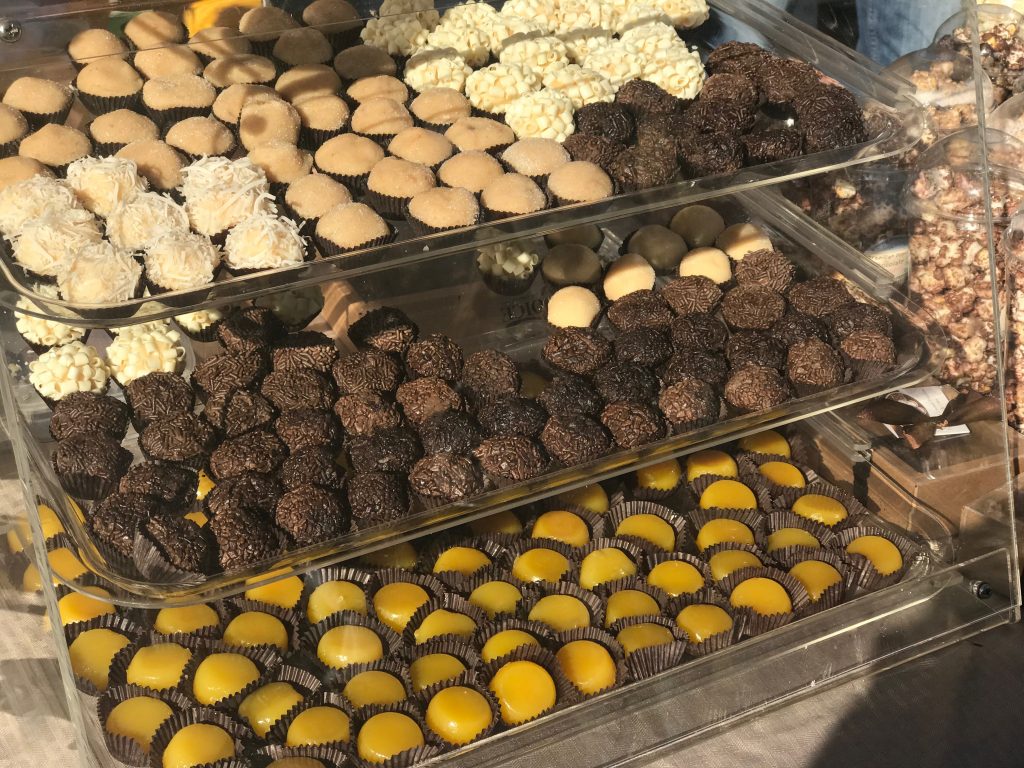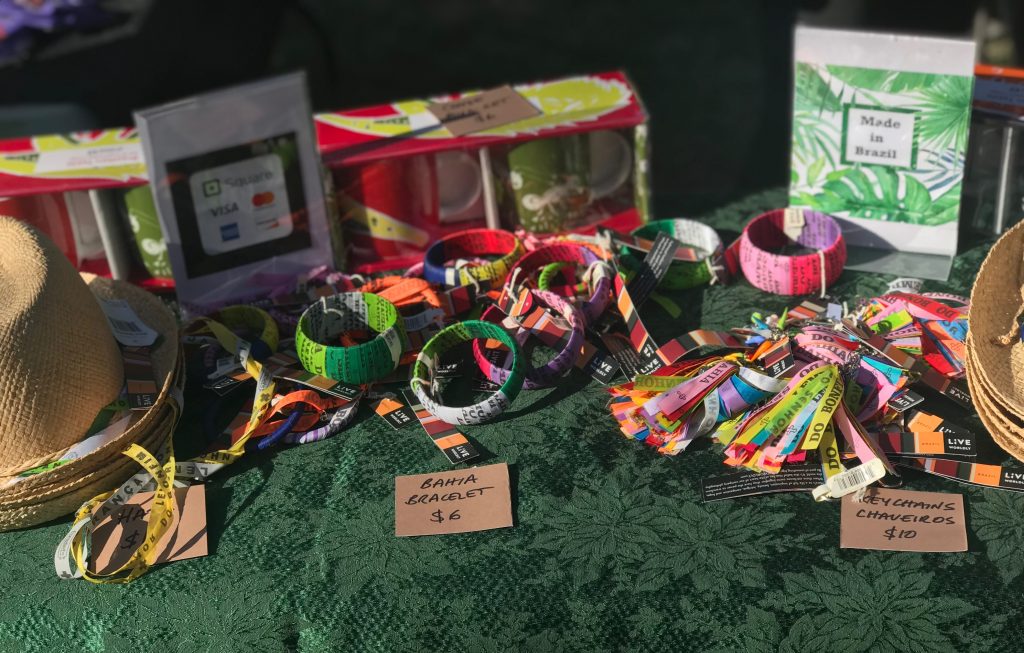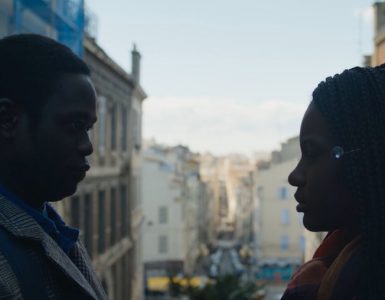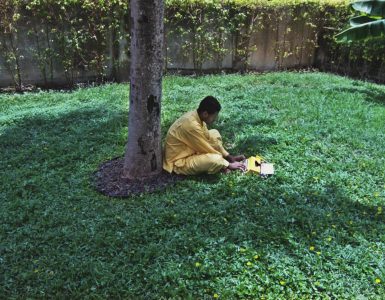HOUSTON – One thing that is very beneficial to ANY person of color (particularly any person of African Ancestry) is the chance to experience a celebration or any other gathering amongst those of African Ancestry not only from the states, but from different countries as well. It is always great to acknowledge the full spectrum of our African roots and where we all reside outside of the United States.
The Brazilian Women’s Foundation hosted a cultural celebration of Brazilian Music and Food Festival this past October 21 in a prominent suburban city just west of Houston called Katy, TX. The atmosphere was filled with such welcoming, warmth and jovial happiness. Sweet sounds of Bossa Nova blasted a huge welcome from a local band known as Lois Albez and Friends. Bossa Nova is a style of Brazilian music that is a derivative of Samba but is more subtle in sound using the guitar, piano and light percussion, and is usually in 2/4 time.
The weather was sunny with fairly chilly winds, and with the winds came the exhilarating smells of sweets, fried empanadas and more provided by vendors such as La Boricua Latin American Food, Brazilian Joe’s, Açai Brasil and many more. Surprisingly it was a rather small group of about 200-300 people, mostly families with energetic children, outgoing and vivacious couples, small groups of friends and reserved elderly people.
It was an invigorating atmosphere to be around, but as I began assessing the crowd, I noticed a severe scarcity of diversity within this group of the Latino community. “Latin America” is often synonymous with a predominantly “white” or “Euro” culture, which is vastly promoted globally, but in reality majority of Latin culture is composed of those of African descent. 40% of Latin America’s population is composed of Indigenous and Afro-descendent people in which Afro-Brazilians make up nearly half of the population, according to MinorityRights.org.
There was more Afro representation in the crowd than there were vendors. Perhaps the reality of European over-representation and cultural appropriation are common themes in the diaspora. What stood out to me as the most disrespectful, one vendor had European Brazilians wearing traditional Afro-Brazilian Baianas dresses and hair wraps. Known as Baianas De Acarajé, it’s a multilayered dress that is a mixture of European Baroque and Afro-Islamic roots often accentuated with flashy jewelry. Growing up, I have fond memories viewing photos from Brazil, especially Salvador Bahia where my father’s family originated. What stood out were pictures of Afro-Brazilian women in their Baianas. To see them worn by descendants of oppressors was like Black face or a slap to Afro-Brazilians. Despite those frustrations, I managed to have a great time.

Coxinha is a fried croquette traditionally made with chicken or beef or if you are vegetarian, it can also be made with just cheese or vegetables.
The selection of foods showcased the true diversity of Brazil. Popular snacks and food such as brigadeiros, coxinha and pão de queijo were represented. Brigadeiros, or “little kisses”, are a dessert snack, similar to bonbons, made of homemade fudge or dough and come in different flavors.
Handmade jewelry was also presented. There were gold bracelets, rings and earrings, even wooden or coconut jewelry. The most prominent of them all are the Brazilian Saints bracelets which are elastic banded with square wooden or silver square pieces that represent a picture of each saint on them. These bracelets are very important being that Brazil is predominantly Catholic.
The mood really began to liven up once the second band made way to the stage, blessing my ears, my body and my feet. Known as Samba Soul, this band played true funky Samba sounds and rhythms. Derivative of the Kimbundu word “Semba”, it simply translates as “invitation to dance”. Samba originated in the early 20th century and consists of upbeat, dance rhythms. With roots from Africa by way of the West African slave trade, it became most popularly known in Rio De Janeiro. Samba Soul represented what I was anxious to see throughout the entire event. Out of 7 members, 4 were Afro-Brazilian.
The most popular form of art known throughout Brazil is Capoeira. An Afro-martial art, Capoeira was disguised as a dance during slavery, and has played a very distinctive role in Afro-Brazilian dance and culture. Perhaps next year the hosts can showcase the well-known art.
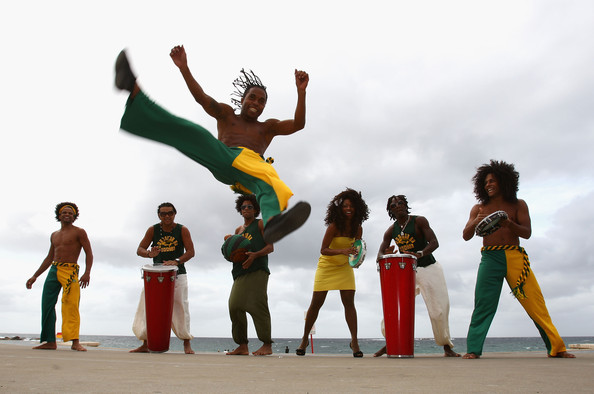
Although there were a lot of issues needed to be addressed in concerns of racial separation and racial appropriation, I was still able to enjoy myself. However, realizing all that is hidden between the lines has made me more conscious of how important it is to spread more awareness to my fellow brothas and sistahs that we have to step up, step out and get the proper representation we truly deserve. We cannot hide who we are and neither can the rest of the world.
Video Recap of Brazilian Music and Food Festival

